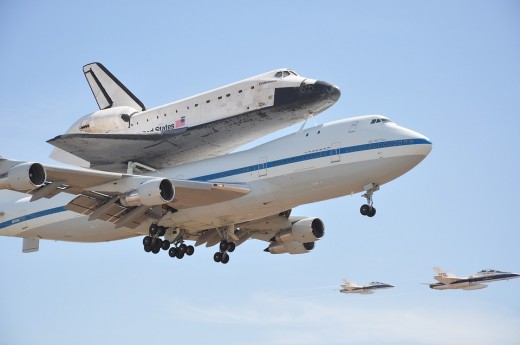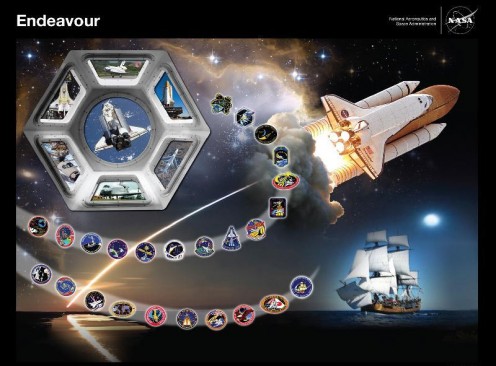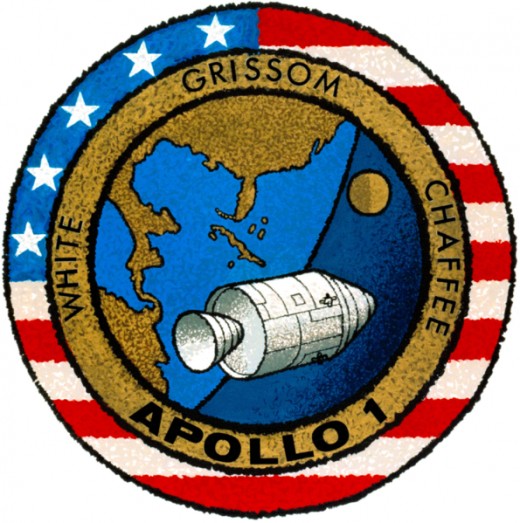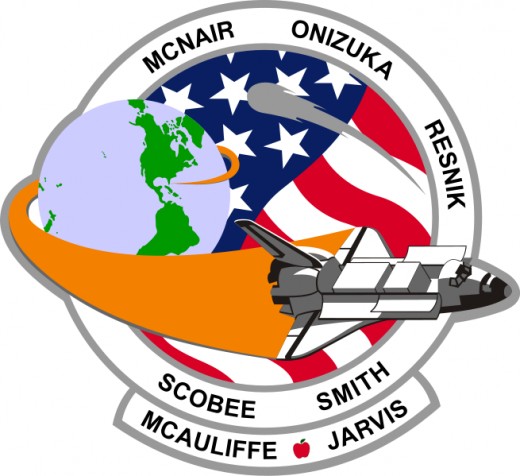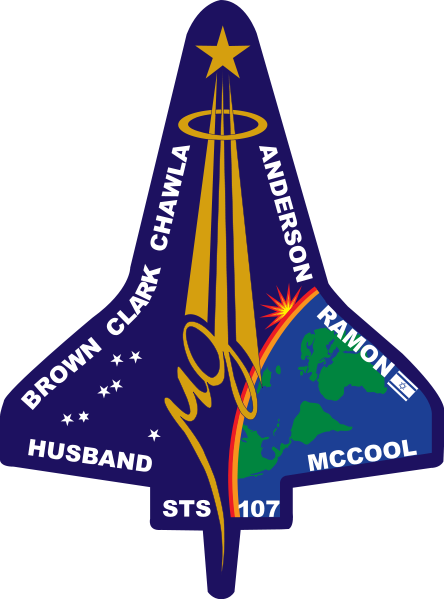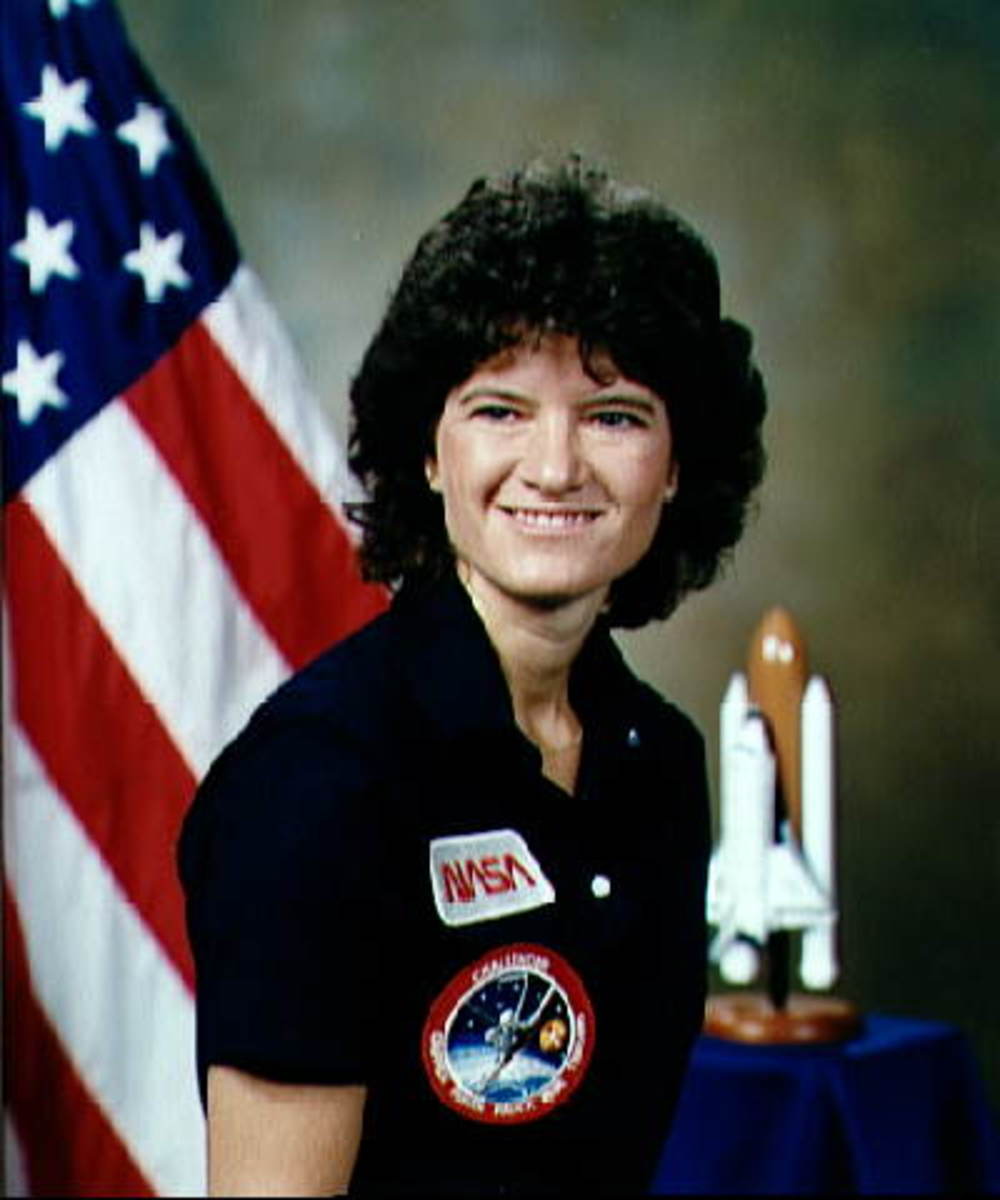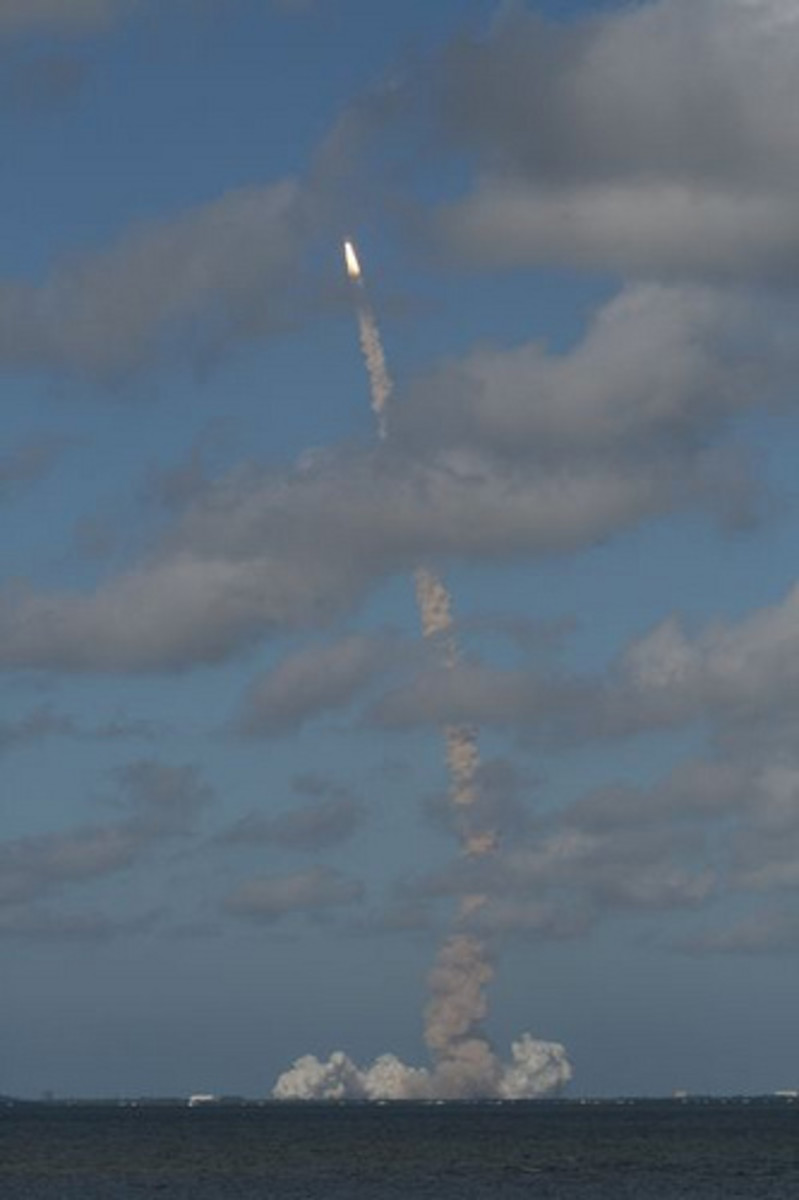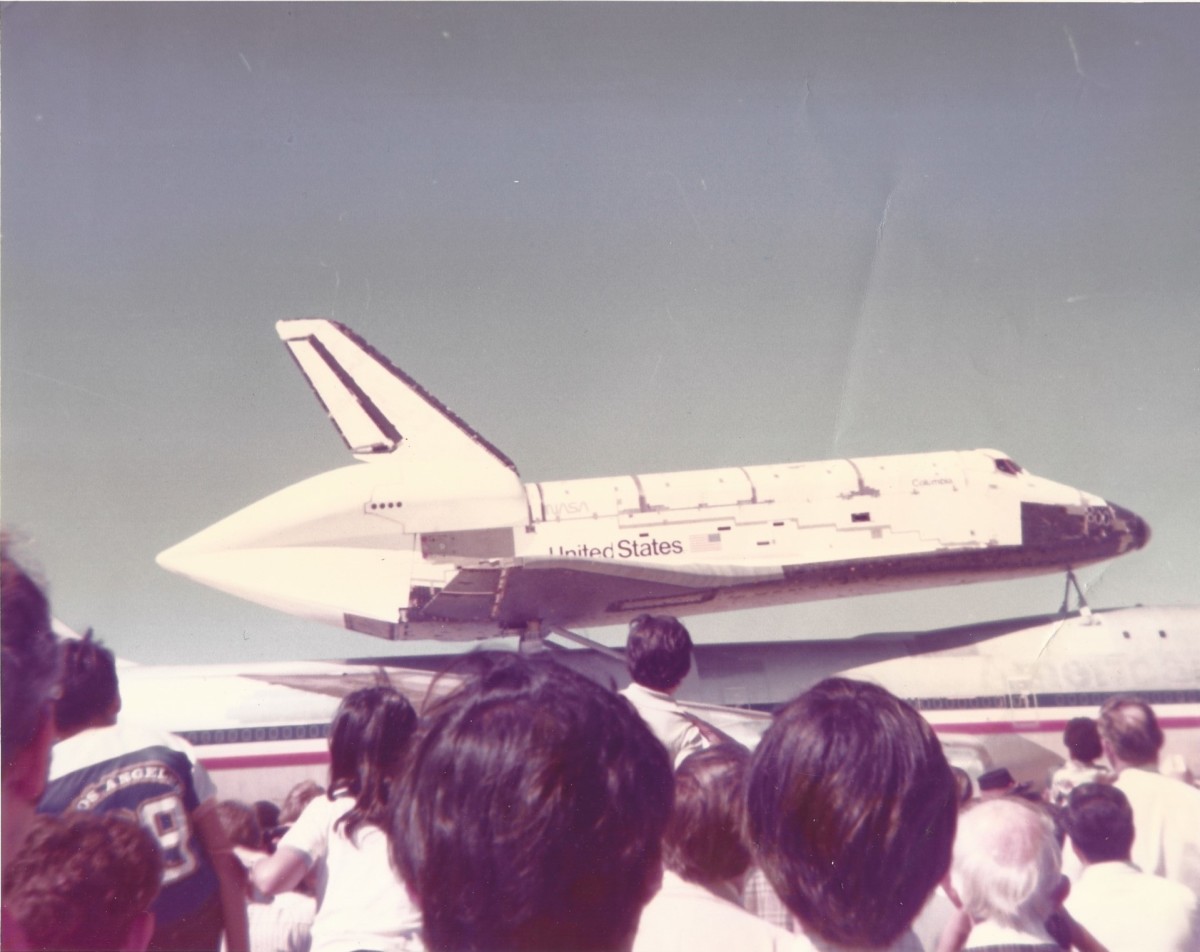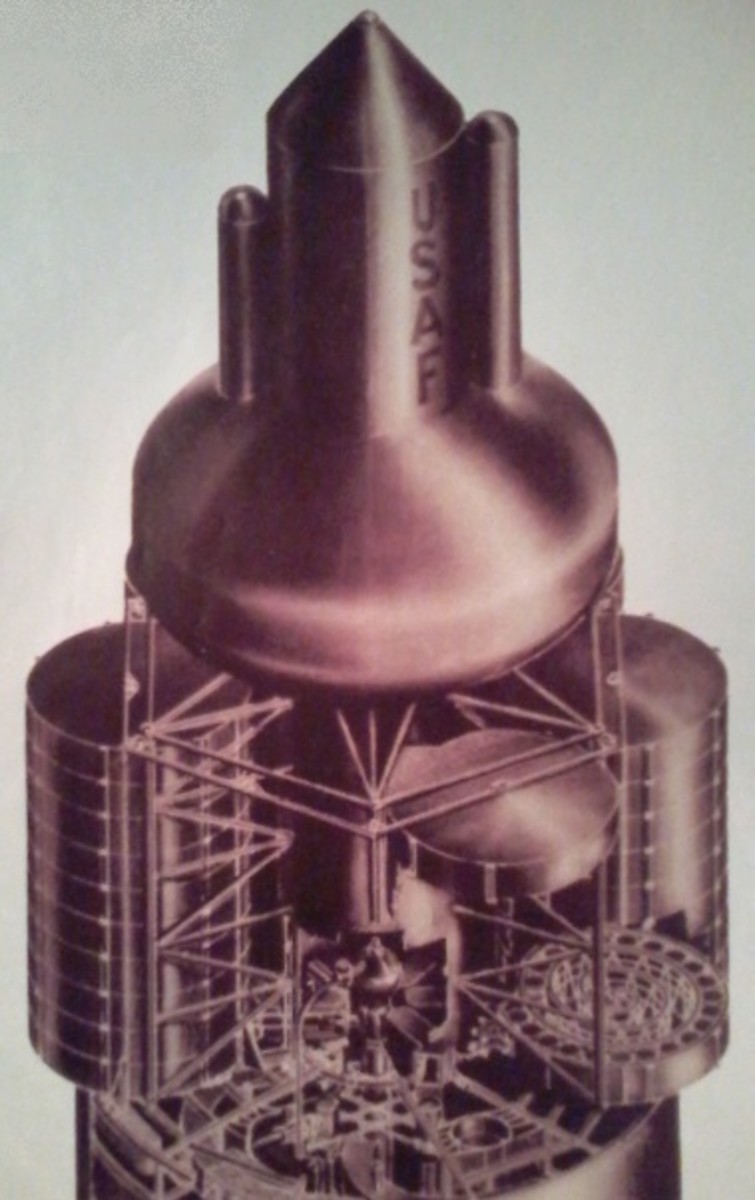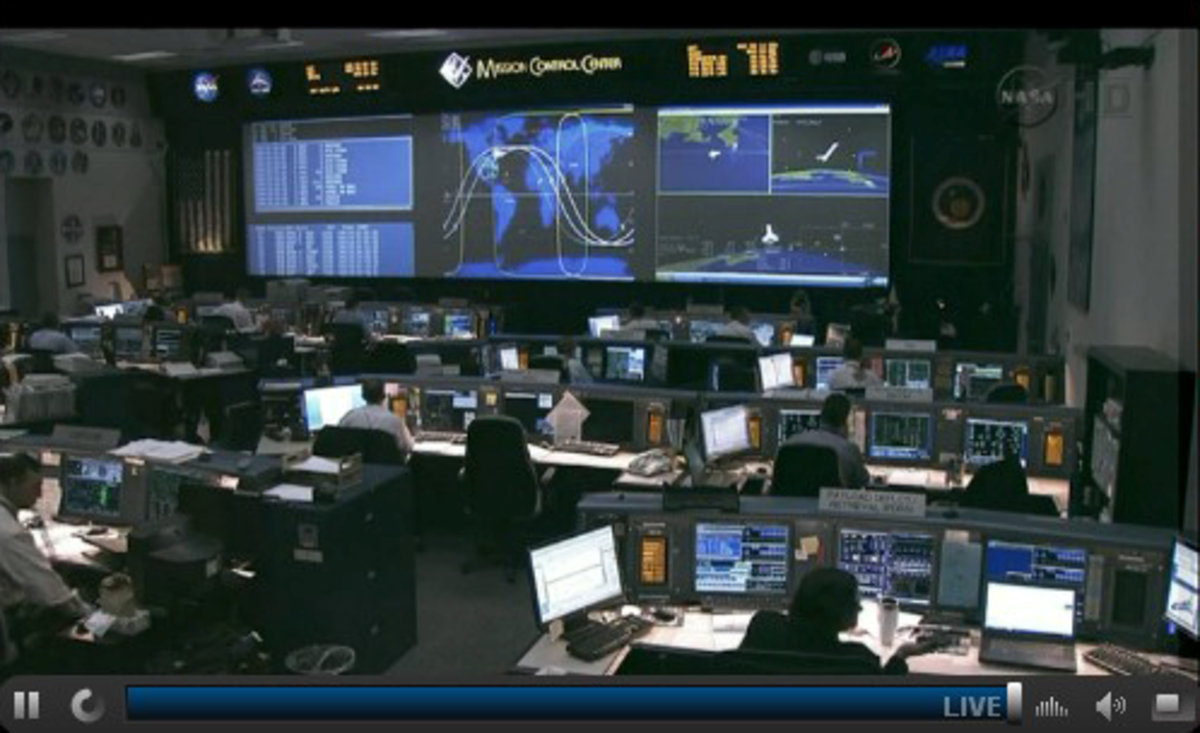Dwindling Media Coverage of America's Space Program

US Shuttle Museum Pieces
US Space Shuttle Endeavour under the leadership of Mark Kelly and his crew launched for the last time on May 16, 2011 (STS-134). Many Americans do not know this.
America had only one shuttle left during Summer 2011: Atlantis. None of the historic retired US Space Shuttles were given for display to The National Museum of the United States Air Force at Wright Patterson USAF Base in Fairborn, Ohio.
NASA at Houston also did not receive one. However, both facilities have a long history of developing the US Space Program, its personnel, and space craft components.
Recipients did include Kennedy Space Center Visitor's Complex in Florida (Atlantis); the California Science Center in LA (Endeavour ); the Smithsonian Institution flight-related annex in Virginia (Discovery ); and NYC's Intrepid Sea, Air & Space Museum (Enterprise prototype, non-functional). Challenger and Columbia were lost in explosions.
Did You Know?
US Space Shuttle Endeavor under leadership of ark Kelly and his crew launched for the last time on May 16, 2011 (STS-134). many people did not watch the launch on TV.
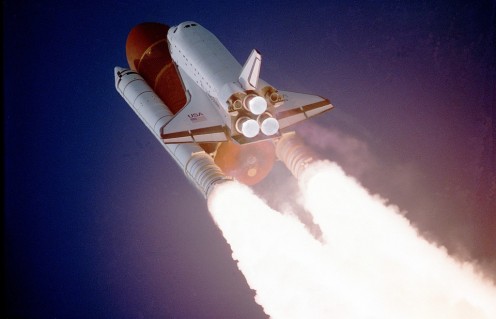
What causes Americans to ignore NASA space program initiatives of the 2010s as well as the privatized projects launching from over a dozen spaceports in America? People increasingly not reading about and watching programming about space accomplishments in America.
In fact, many of the public do not believe that the US has any space programming at all. Why?



Not Spending: Using the Lowest Bidder
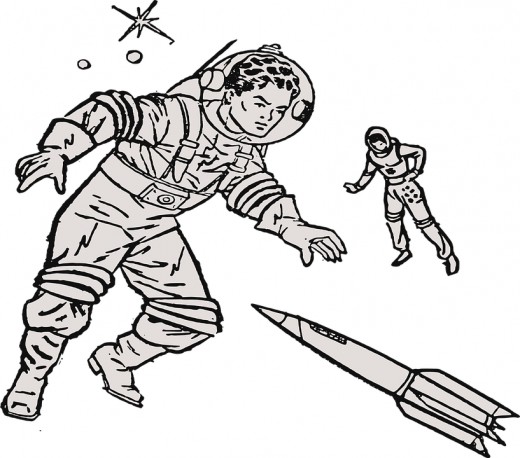
Space Tragedies
Click thumbnail to view full-size


Politics and low-bidding construction traditions have at times led to much waste of money, time, and human life in the US Space Program. Not all of this has been covered well by the media.
Lowest Bidder Parts
Many who were alive when Challenger exploded 73 seconds after lift-off will recall that the explosion was caused by a cheap rubber O-ring. This farce was echoed in the dialogue of the film K-19 (Liam Neeson, Harrison Ford) that covered the nuclear submarines of the Soviet Union in the 1960s and the tragedies that occurred on them.
One sub commander seethes, "They send me a 9-kopek part to do a 12-kopek job." (A kopek equaled roughly a penny USD at the time.)
In addition, depite commanders' requests, the nuclear power plant in the submarine had no back-up cooling system installed. Thus, it was not only America cutting corners. Moreover, the nuclear cores of those Soviet subs are at the bottom of a fjord at Leningrad, still leaking radiation into the North Sea today in 2011.
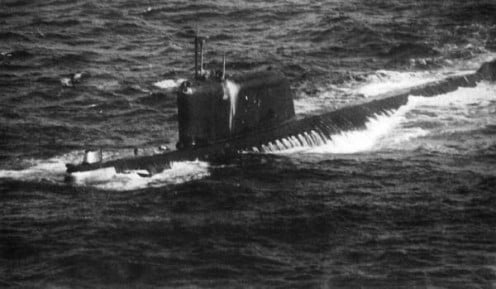
Not Thinking
What killed the three American astronauts that burned and suffocated inside an un-launched Apollo capsule in 1967? -- It was the lack of a latch on the inside of the hatch.
The astronauts were locked in from the outside as an electrical wire ignited into flame and suffocating smoke. A lack of thinking ahead caused this disaster and Americans began to become disenchanted with outer space.
That 1967 team needed the sense of Apollo 13's man, Ken Mattingly, grounded for measles exposure, but still able to develop an emergency fire-up sequence - without a computer - that would allow his three friends in the spacecraft in the heavens to have enough fuel to return to earth.
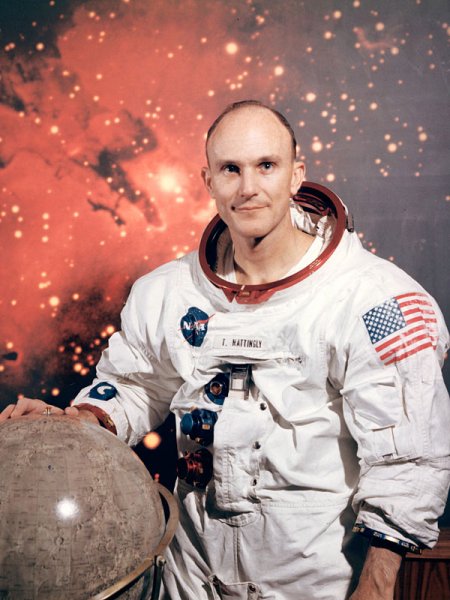
On Apollo 16 in 1972, Ken Mattingly employed the instruments on board the Service Module of the craft in a low orbit to map a band around Luna's equator both photographically and geochemically. He did this intensive work alone, while his two crew mates were walking on the lunar surface.
After the 1972 mission, Mattingly became an Astronaut Manager in Space Shuttle Development and NASA could use more people like him today. He flight tested Columbia in the summer of 1982 and commanded Discovery in 1985. Few Americans seem aware of all this.
Not Checking
Does anyone remember a Space Station Mir construction incident? The two sides of one of the space station modules were built on different continents and did not fit together well in space. One nation used metric measures and one used English measures.
No one checked measurements between the two factories, despite the many engineers and technicians on the job.
How many times have such incidents occurred? Each one is wasteful and we hope the components were recycled.
Not Intervening
Space Shuttle Columbia incinerated over Texas on re-entry, because a large piece of Styrofoam pulled loose on launch and crashed with great speed into the hull, creating a small opening. Despite the large cost, another ship or two could have been deployed before Columbia re-entry, provided additional fuel, performed a space walk, and completed some sort of repair.
Alternatively, emergency services should have been made available and at the ready at the International Space Station in order to help any ship in space from any country. Should not a new facility in a new land have a first aid kit, so to speak?
Missions to space will always contain the possibility of error and tragedy, but some of this can be avoided. Every tragedy should have a thorough after-action evaluation and summary written, with plans for prevention in the future and these plans should be presented by the news outlets to the public. They should be sent directly to the R & D departments of privatized space flight companies as well.
Not Watching
Media coverage and public viewing habits and interest have changed from the 1960s to the 2010s, when it comes to Outer Space. Fifty years have brought about a slide from near-hysteria akin to teen girls screaming for The Beatles, to a state of near apathy toward Space Shuttle Retirement.
Space enthusiasts are far from the majority of the US population. Little coverage is given on broadcast television to the dwindling Space Program and a little more is offered on cable networks.
People can visit NASA.gov and view lift-off on Internet TV, but not many do so. The last launch of Atlantis may or may not be targeted more fully. A week of interviews and other coverage would be historic and a good move for Florida tourism as well.
In the 1960s, elementary school children were routinely herded into school lunchrooms to view each lift-off on a local television station. This no longer occurs, although some classrooms have Internet TV and access NASA programs.
Each launch made the Page One headline of local newspapers in the 1960s. That no longer occurs, either.
Not Caring About an Unstable Future

There is more to be done is space. Space medicine is just beginning, with medicinal compounds that will combine only under low-gravity situations, and other advances. The study of aging is perfect for space, with its impact on bones and muscle as well as other body systems.
The American Space Program led to satellite communications that author and scientist Sir Arthur C. Clarke first developed and spoke of previously - and people laughed at him. A space programs could use more effective planning and better news coverage, and might listen to the intelligence within it. Several sci-fi authors with good ideas retired or quit NASA and other government contractors and became authors.
We should stop jamming money into a barrel of parts on a launch pad and igniting it and its humans along with it; and now that NASA is beginning to think preventively as a whole, the Space Shuttle Program is over. Privatized businesses sometimes run a tighter ship.
Past disasters spurred NASA to put preventive measures into place, but I think we can do better still. Newly devised computer simulations might pick up ptential problems in new space vehicles before they are constructed. Engineers should put their imaginations to work, looking for additional problems. Even at the end of perfect planning, ships will still fail and entire colonies in space die; but we'll have done our best to prevent that - and space crews, after all, go willingly into the universe. We will mourn our losses and move ahead.
I look forward to a new chapter in the US Space Program, if it is allowed to develop. Many hope that conspiracy theorists are incorrect in feeling that the UFO Phenomenon and the Space Program were solely distractions from Cold War activities, wound down quickly during a single generation after the fall of the Berlin Wall.
Space continues to be vast and we continue to look for the land of Atlantis.
© 2011 Patty Inglish MS


